Seminar |
By:Ravi Hazra |
 |
 |
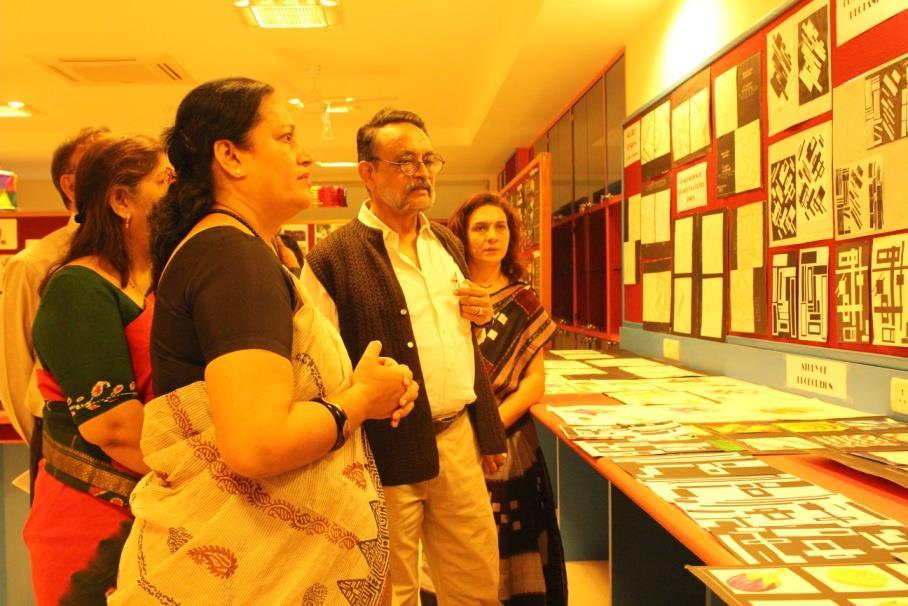 |
Workshops |
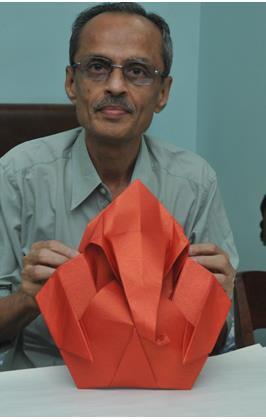 |
OrigamiBy: Shri. Kamlesh Gandhi
An artist with a background of Structural Engineering developed the skills of folding paper and making recognizable and non recognizable structures made up of folded paper. Shree KamleshGandhi has dedicated decades of his life practicing this art form.
|
 |
|
1.To introduce the art of form generation through paper folding.
2.To interpret and apply knowledge of form generation through paper folding as art of surface development.
3.To develop skill of handling material for its strength of flexibility in space creation.
4.To be able to appreciate and understand the art of origami. |
 |
| |
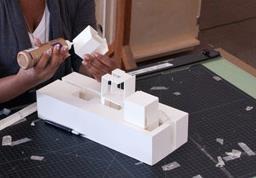 |
Model Making
By:Ar.Siddharth Bhagwat
1.To develop model making skills, to achieve accuracy and precision in detailing.
2.To enable masterly use of model making as a skillfullexcerseas a tool of visualization and design. 3.To introduce students to the works of master architects by developing a clear and detailed understanding of spaces and quality in their design through models. |
Calligraphy
By:Shri. Achyut Palav
1. To impart skill by exploring different mediums of
presentation and design.
2. To instill a sense of confidence while working with
colours and to enjoy the freedom of expression
through art.
3. To participate in the process of art creation by a
an interactive workshop which demonstrates and
provides an hands on experience with multiple
mediums. |
 |
 |
|
 |
Pottery
By:Yashashree Telkar
1. To engage in material interaction with clay.
2. To grasp versatility of the soft medium and
possibilities of form and space creation with
plasticity and fluidity of clay.
3. The students were exposed to various pottery
techniques like Pinching, Throwing and coil work.
Students also got familiarize with various technical
aspects of pottery.. |
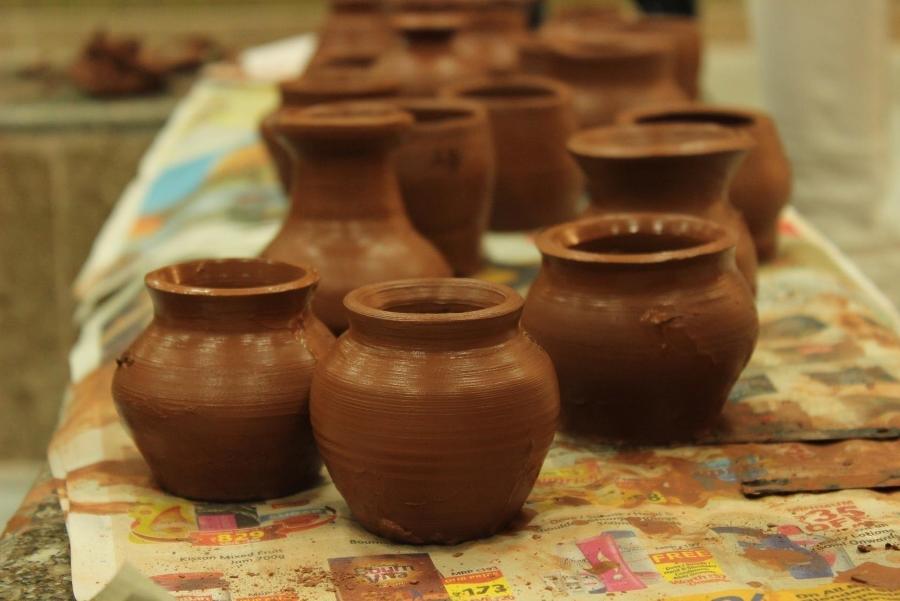 |
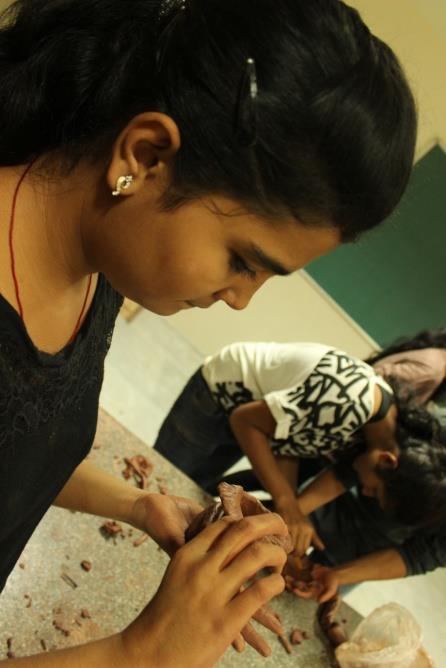 |
|
 |
 |
Positive ThinkingBy:By Mr. Samuel
1. To imbibe positive thinking as a habit with
students.
2. To train development of skills in managing stress
which is basic to all creative courses.
3. To create a sense of balance and equity for taking
comprehensive view of a situation, rather than
usual stimuli and reaction. |
|
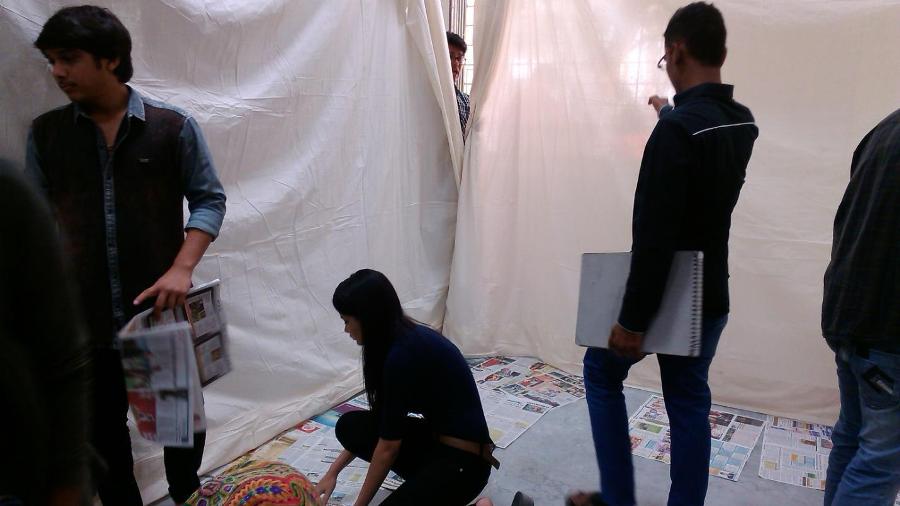 |
Space Designing
By:Ar. Arimita Roy
1. To develop a sense of planning through
ergonomical use of space in design.
2. To convey the importance of tight space which is
the current situation of over crowded cites like
Mumbai and using the space in the most effective
and functional manner.
3. To sensitize with sizing of spaces in accordance
with functional requirements |
 |
|
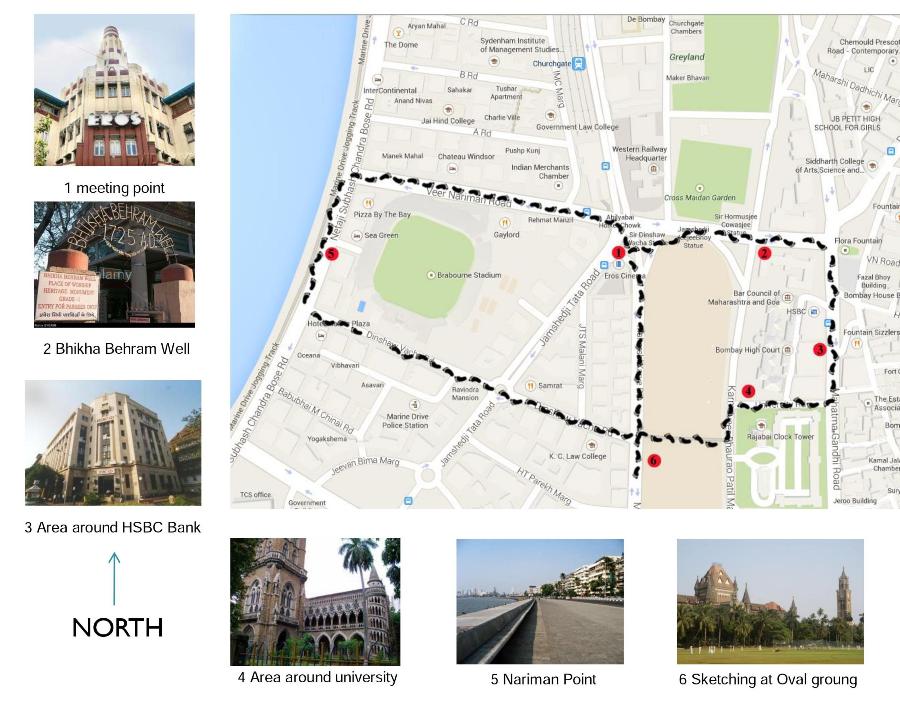 |
Heritage Walk
1. To introduce to the students of Architecture
essence of urban space.
2. To develop sense of space appreciation by taking a
first hand view of space.
3. To understand the urban fabric and assimilate the
multiple layers of history within it.
4. To capture the essence of space with
understanding of light and shade using skills of
graphical representation and rendering. |
|
Field Trip
1. To understand the historic heritage within and
around the city.
2. To understand scale and form in sculptural
spaces.
3. To draw and experience play of light, shade
and detailing in rock cut Budhhist architecture.
4. To organize team work in documentation and
engage analytical discussion. |
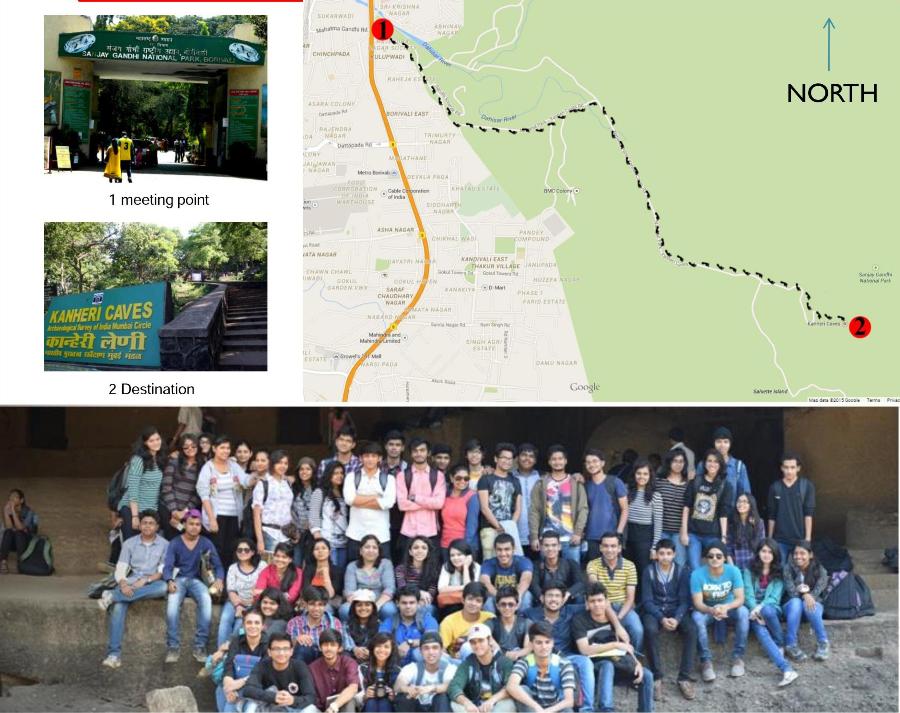 |



















